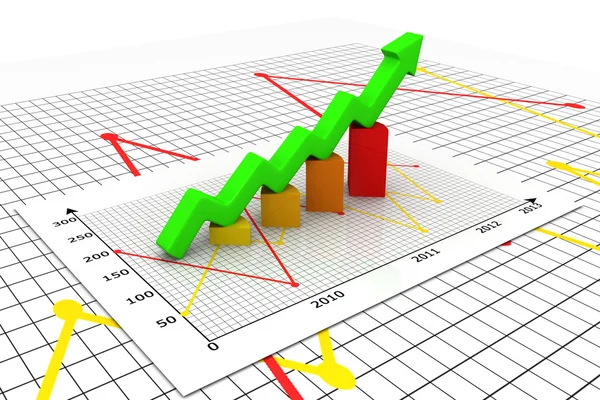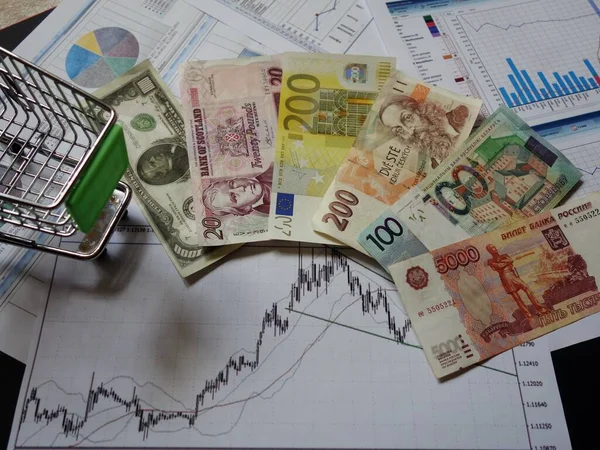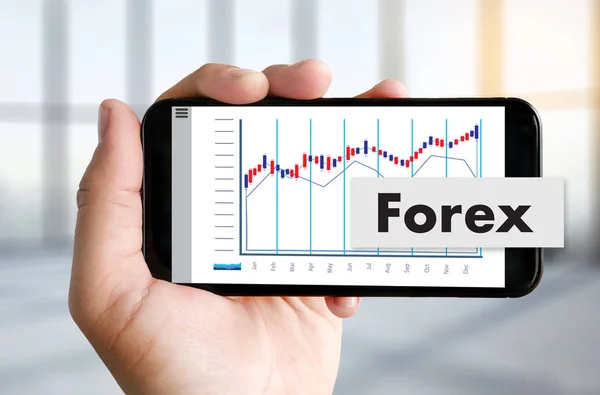Predicting movements in the foreign exchange (Forex) market is both an art and a science. Traders and analysts use various tools and techniques to forecast the direction of currency pairs, taking into account market trends, technical indicators, economic data, and other factors. In this article, we will explore the different methods used to predict Forex movements and the challenges that come with it.
The Art of Predicting Forex Movements

Predicting Forex movements requires a combination of skill, experience, and intuition. Traders need to have a deep understanding of the market dynamics and factors that influence currency prices. It involves analyzing historical data, keeping up with current events, and making informed decisions based on a combination of technical and fundamental analysis.
Analyzing Market Trends and Patterns

One of the key ways to predict Forex movements is by analyzing market trends and patterns. Traders look for repetitive patterns in price movements, such as head and shoulders, triangles, or double tops/bottoms. By identifying these patterns, traders can make predictions about future price movements and make more informed trading decisions.
Using Technical Indicators for Forecasting

Technical indicators are mathematical calculations based on historical price, volume, or open interest data. Traders use these indicators to identify trends, momentum, and potential reversal points in the market. Some popular technical indicators used in Forex trading include moving averages, RSI (Relative Strength Index), MACD (Moving Average Convergence Divergence), and Bollinger Bands.
The Role of Economic Data in Forex Predictions

Economic data plays a crucial role in predicting Forex movements. Indicators such as GDP growth, inflation rates, interest rates, and employment numbers can have a significant impact on a country’s currency value. Traders closely monitor economic releases and news events to anticipate market reactions and adjust their trading strategies accordingly.
Strategies for Predicting Currency Fluctuations

Traders employ a variety of strategies to predict currency fluctuations in the Forex market. Some popular methods include trend following, range trading, and breakout trading. Traders may also use a combination of technical and fundamental analysis to make more accurate predictions about future price movements.
Challenges of Forecasting Forex Movements

Predicting Forex movements is not without its challenges. The Forex market is highly volatile and influenced by a wide range of factors, making it difficult to predict with complete accuracy. Traders need to be constantly monitoring market conditions, adjusting their strategies, and managing risk to navigate the unpredictable nature of the currency markets.
Comparison Table:
| Method | Advantages | Disadvantages |
|---|---|---|
| Technical Analysis | Helps identify trends and patterns in price movements | May not account for unexpected market events |
| Fundamental Analysis | Provides insight into economic factors affecting currencies | Requires a deep understanding of global economics |
| Combination of Both | Offers a more comprehensive view of the market | Can be time-consuming and complex to implement |
In conclusion, predicting Forex movements is a complex and challenging endeavor that requires a deep understanding of market dynamics, technical analysis, and economic factors. Traders need to use a combination of tools and strategies to make informed predictions about future price movements while also being prepared for unexpected events that can impact the market. By staying informed, diligent, and adaptable, traders can increase their chances of success in the fast-paced world of Forex trading.

“Head and shoulders” pattern is new to me. Nice to know about these trading patterns!
This article helps understand how Forex predictions work. It’s a mix of art and science!
“Predicting currency fluctuations requires many strategies like trend following or range trading.”
I didn’t know economic data could impact currency values so much!
I learned that technical indicators are very important in Forex trading.
Interesting read about predicting Forex movements using both technical and fundamental analysis.
The article explains how difficult it is to predict the Forex market accurately due to volatility.
Combining technical and fundamental analysis seems complex but effective for better predictions.